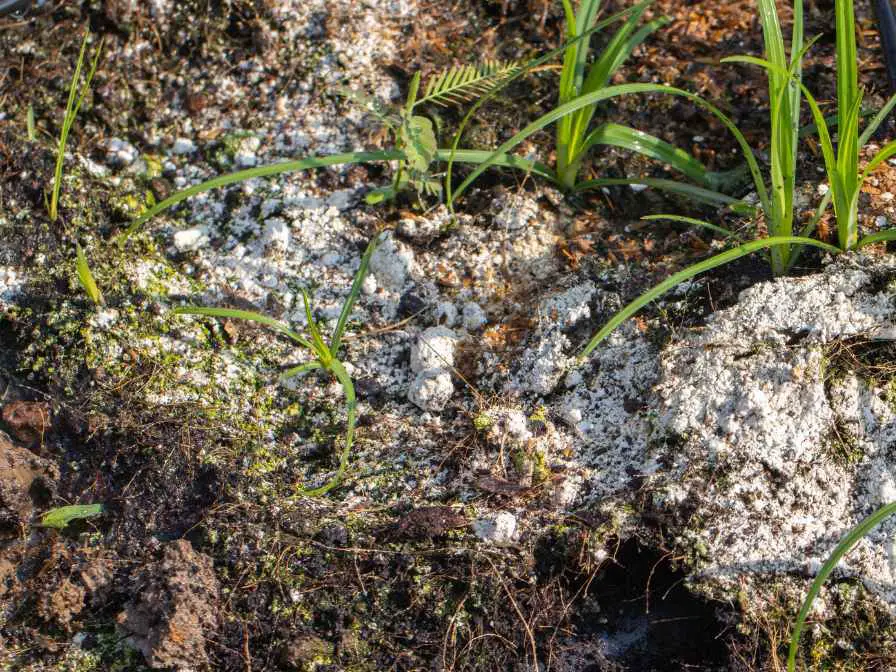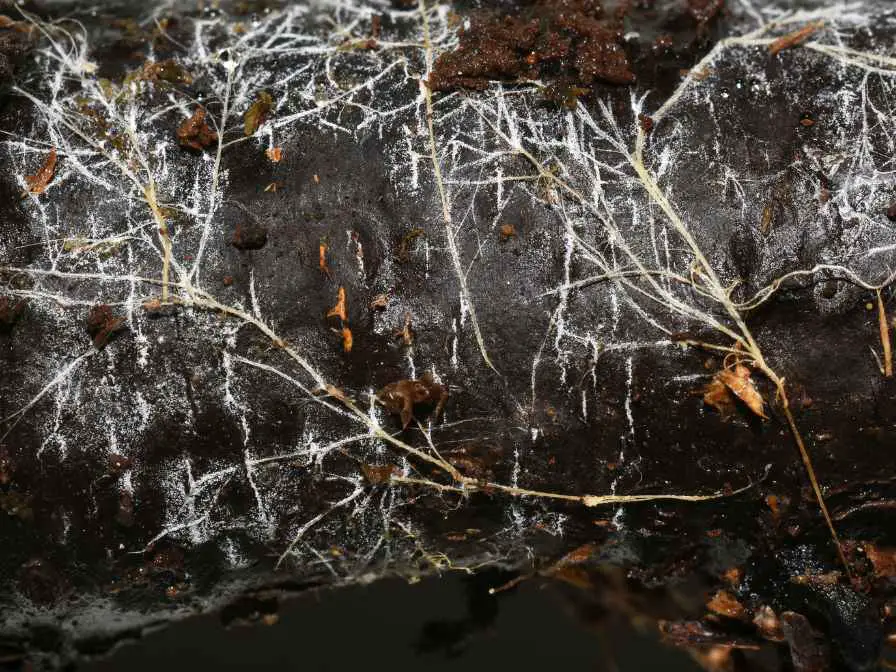Plants and trees are prone to different pests and diseases. These are species like others. Important is that gardeners should know the symptoms and remedies of particular diseases which can cause harm to the plants in the garden. Well, there are a lot of plants. You should be able to know specifically relevant to your planted plants.

One of these diseases is mold on the soil. This disease is caused due to many factors. Either of factors can be happening in your garden as well, that’s why you would have been seeing it. Well, here we are going to address your question of why is there mold on my plant soil.
Mold on plant soil
Mold is a disease of plants in which you would be able to notice the symptoms. You would observe the growth of white and fuzzy material on the soil near the plant base. You might see that it is developing in the patches.
There are many factors that can cause mold on the plant soil these factors include overwatering, poor drainage, or high humidity. It can be harmful to plants if left unchecked, as it can lead to root rot and other issues. To prevent mold on plant soil, it is important to provide adequate drainage, avoid overwatering, and ensure proper air circulation around the plant.
Removing any affected soil and treating the plant with a fungicide may also be necessary in severe cases. It’s good that you notice this disease on time and take correctional measures to save the plant as well as the soil.
Causes of Mold on Plant Soil
There are several factors that are involved in the causation of mold on plant soil. Here are some of the common factors as follows:
Excessive moisture
Overwatering or watering too frequently can create a moist environment that encourages the growth of mold. To prevent mold growth, it is essential to avoid overwatering and only water the plant when the soil is dry to the touch.
Poor drainage
Containers without proper drainage holes can lead to waterlogged soil, creating a breeding ground for mold. It’s important to use pots with adequate drainage holes to allow excess water to drain away from the soil.
Inadequate air circulation
Poor air circulation can contribute to high humidity levels around the plant, which can promote mold growth. It’s essential to provide adequate ventilation around the plant to prevent moisture buildup. Proper air circulation will keep the roots healthy and growing.
Contaminated soil
Reusing soil from previously infected plants or using soil that has not been properly sterilized can introduce mold spores to the new plant. It’s essential to use fresh, sterilized soil to avoid contamination.
Fungal spores
Fungal spores can be carried on tools, hands, or pets, which can lead to the spread of mold from plant to plant. It’s important to practice good hygiene and sanitation when working with plants to prevent the spread of mold.
There can be other factors that can cause mold on the plant soil. But it is important that you know the symptoms and you know the remedies to get that right.
How to get rid of the Mold on Plant Soil?

As there are many factors, that play role in the creation of mold on the plant soil. But the solution lies in the eradication of those factors. Here are some of the methods by adopting those you can get rid of the mold on your plant soil. These methods are as follows:
Remove the affected soil
If the mold is limited to a small area, you can remove the affected soil with a spoon or a small shovel. Be sure to remove as much of the moldy soil as possible without damaging the roots of the plant. And make sure you get that soil to the proper place so that it doesn’t contaminate the other garden soil.
It is important that it may be caused by contaminated soil. so make sure you get rid of the soil in a place where it doesn’t contaminate others.
Increase airflow
Poor airflow can contribute to mold growth. Make sure the plant is in a well-ventilated area and consider using a fan to circulate air around the plant. Proper airflow will make the plant healthy and the plants will grow well.
This air circulation will make sure that the extra moisture gets wiped. Also, it will help in drying the space from the excess moisture and will make the process of photosynthesis more rapid. The plants will grow well and look greener.
Reduce watering
Overwatering can create an environment for mold to grow. Make sure the plant is not sitting in water and reduce the frequency of watering. Water the plants when there is a need, rather than watering again and again.
To check the requirement of water for the plant there is a simple technique. You just have to check the upper layer of the soil. If there is moisture below one inch now water it. If moisture is there don’t water the plant.
You can check the upper layer by scratching it with any tools or even with your finger.
Use a fungicide
A fungicide can help kill the mold on the soil. Be sure to follow the instructions on the product label and use a product that is safe for use on plants. Use fungicide in the targeted space. It may cause problems for other plants and soil, where there is no mold on the plant soil.
There are many natural fungicides available. you can use them also. Or you can use fungicides which are chemically made. These fungicides are also available in garden stores.
Change the Soil
If the mold problem is severe, consider changing the soil completely. Use fresh, sterile soil and clean the pot before replanting the plant. You can choose any of the potting soil or the garden soil for this purpose.
A variety of soils and even mixtures of soils are available in the market. Important is that you should know which type of soil is good for your plants, and how it is mold-free.
Also, when planting the plants, do check the pots. Sometimes mold comes with the pots. Sterilize them before filling the soil, and planting the plant. It will save you a lot of hassle.
It’s important to note that prevention is the best approach to mold on plant soil. Be sure to provide proper care for the plant, including adequate sunlight, watering, and ventilation to minimize the risk of mold growth.
In short, mold on the plant soil is a disease that you will observe commonly. Most of the time it gets vanished due to good sunlight, and good airflow. If there is still mold on the plant soil. you can remove it by using different effective methods.

